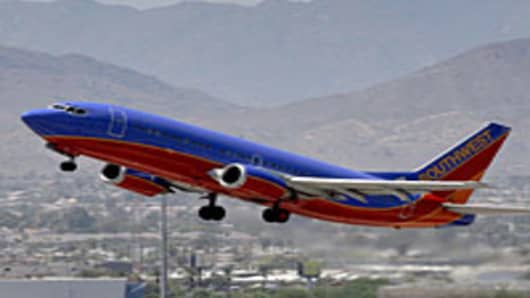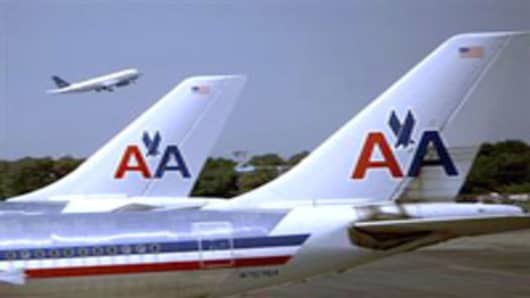Wright’s aim was to protect competing airport Dallas/Fort Worth International Airport from losing business when Southwest refused to stay out of Dallas Love Field airport. The law was an amendment to the International Air Transportation Act of 1979, restricting passenger flights out of Love Field to locations within Texas and to four neighboring states — Louisiana, Arkansas, Oklahoma and New Mexico.
Since long-haul flights out of Dallas were limited to 56 passengers or fewer, Southwest relied on many shorter flights to build up and bolster its Love Field operation. Some passengers even managed to “work” the system and bypass limits completely – by flying out from Dallas, changing planes and then flying to any other city that Southwest served, with two tickets in each direction.
After D/FW’s annual air traffic began to exceed capacity, the amendment was modified to add Alabama, Kansas, Mississippi and Missouri to the Wright zone.
In 2004, Southwest launched a massive public relations campaign in an effort to rally support for a full repeal of the amendment, and created a website called “Set Love Free.” D/FW and its primary tenant, American Airlines, then launched an opposing campaign and designed a website called “Keep DFW Strong” — even painting ads onto one of its water tanks.
When Southwest threatened to pull out of Dallas Love Field, the amendment was finally repealed in 2006. The repeal lifted most restrictions but left others, such as the “Wright zone,” intact until 2014. (See a complete timelineof the Wright Amendment.)
“Travelers have been burdened for nearly 30 years with the higher airfares the Wright Amendment nurtured by preventing competition,” Southwest CEO Gary Kelly said in a press release. But "the public has spoken out for change, and a plan was developed that brought together parties from both ends of the spectrum.”
Following the repeal, Love Field soon became one of Southwest Airlines’ fastest growing markets, boosting its revenue from $11 million in 2006 to $113 million in 2007. Passenger volume increased from 1 million in 2005 to 1.45 million people in the third quarter of 2007, and by 2008 the airline had raised the number of destinations it offered by 400 percent.
In an interview with the Dallas Business Journal, Southwest senior planning analyst Bob Haster said the repeal would benefit not only the airline but also its passengers.



